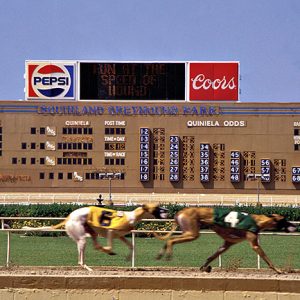 Greyhound Racing
Greyhound Racing
Entry Category: Attractions (Historic and Current)
 Greyhound Racing
Greyhound Racing
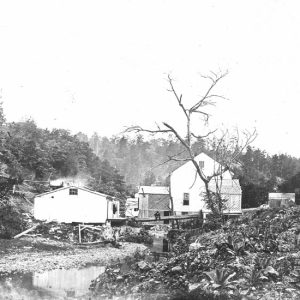 Hale Bath House
Hale Bath House
Happy Hollow
aka: McLeod's Amusement Park
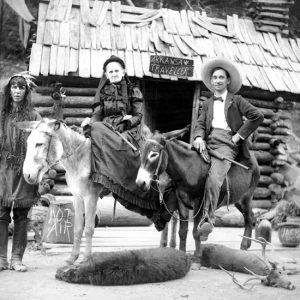 Happy Hollow
Happy Hollow
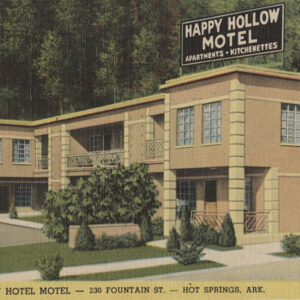 Happy Hollow Motel
Happy Hollow Motel
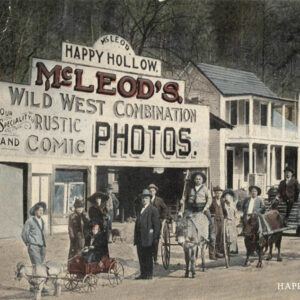 Happy Hollow Postcard
Happy Hollow Postcard
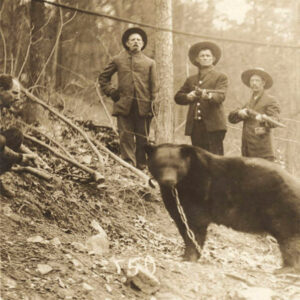 Happy Hollow Staged Bear Hunt
Happy Hollow Staged Bear Hunt
 Happy Hollow Tourists
Happy Hollow Tourists
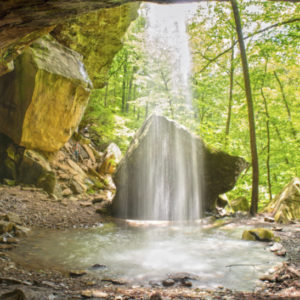 Haw Creek
Haw Creek
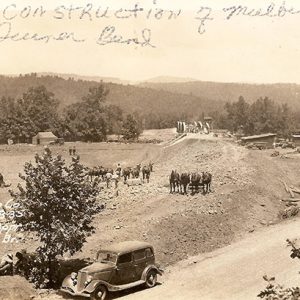 Highway 23 Bridge
Highway 23 Bridge
Historic Dyess Colony: Boyhood Home of Johnny Cash
aka: Johnny Cash Boyhood Home
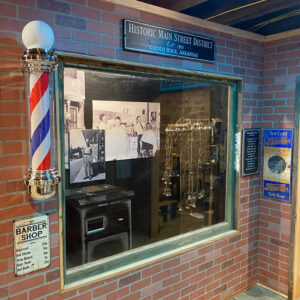 Historic Main Street Exhibit
Historic Main Street Exhibit
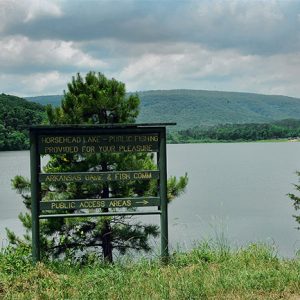 Horsehead Lake
Horsehead Lake
 Hot Springs National Park
Hot Springs National Park
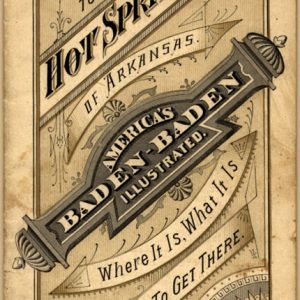 Hot Springs Promotional Brochure
Hot Springs Promotional Brochure
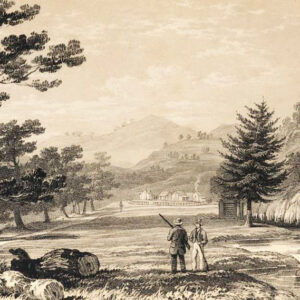 Hot Springs, Early Nineteenth Century
Hot Springs, Early Nineteenth Century
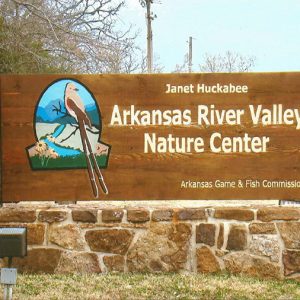 Huckabee Nature Center
Huckabee Nature Center
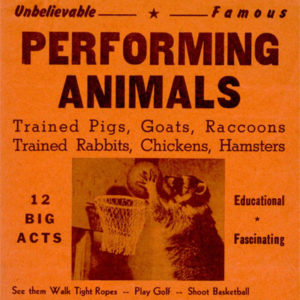 IQ Zoo Handbill
IQ Zoo Handbill
IQ Zoo
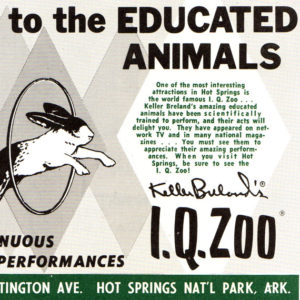 IQ Zoo Ad
IQ Zoo Ad
 IQ Zoo Postcard
IQ Zoo Postcard
Janet Huckabee Arkansas River Valley Nature Center
 Jerusalem Chapel
Jerusalem Chapel
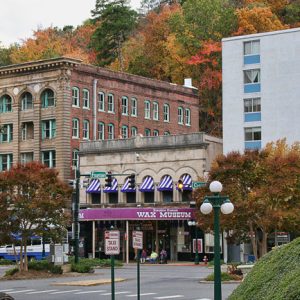 Josephine Tussaud Wax Museum
Josephine Tussaud Wax Museum
Josephine Tussaud Wax Museum
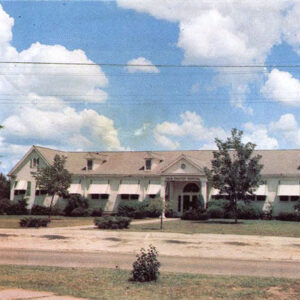 Julia Chester Hospital
Julia Chester Hospital
Kenda Drive-In
King of Clubs
 King of Clubs
King of Clubs
Lake Lucerne
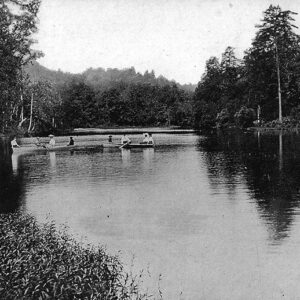 Lake Lucerne as Sanitarium Lake
Lake Lucerne as Sanitarium Lake
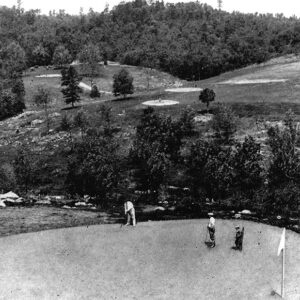 Lake Lucerne Golf
Lake Lucerne Golf
 Lake Lucerne Swimming
Lake Lucerne Swimming
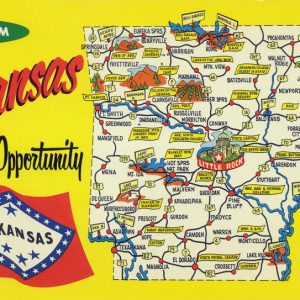 "Land of Opportunity" Postcard
"Land of Opportunity" Postcard
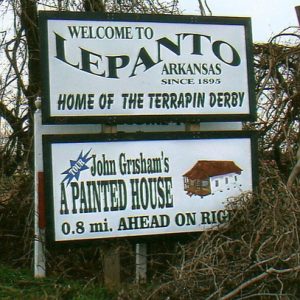 Lepanto Attractions
Lepanto Attractions
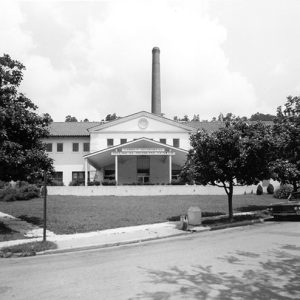 Libbey Memorial Physical Medicine Center
Libbey Memorial Physical Medicine Center
Little Rock Zoo
MacArthur Park
 Magnesia Springs
Magnesia Springs
 Mallard Lake
Mallard Lake
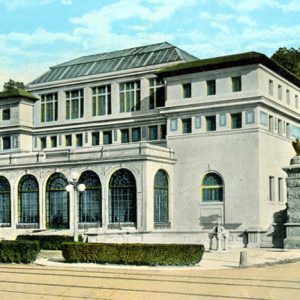 Maurice Bath House
Maurice Bath House
Memphis-Arkansas Speedway
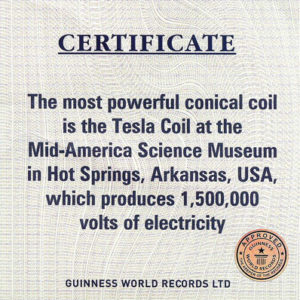 Mid-America Science Museum Tesla Coil Certificate
Mid-America Science Museum Tesla Coil Certificate
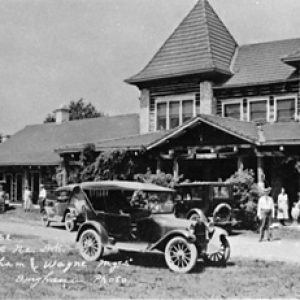 Monte Ne Club House Hotel
Monte Ne Club House Hotel
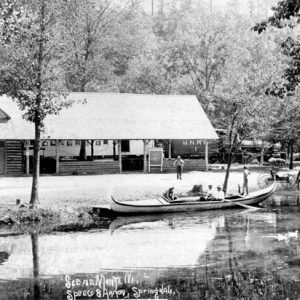 Monte Ne Train Depot
Monte Ne Train Depot
 Mountain Lake Dam
Mountain Lake Dam
 Mountain Tower
Mountain Tower
 Mountain Village 1890
Mountain Village 1890
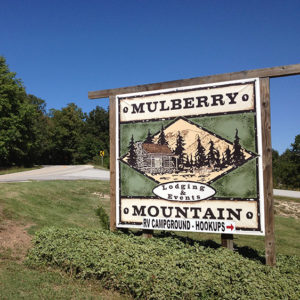 Mulberry Mountain
Mulberry Mountain
 Murfreesboro Postcard
Murfreesboro Postcard




